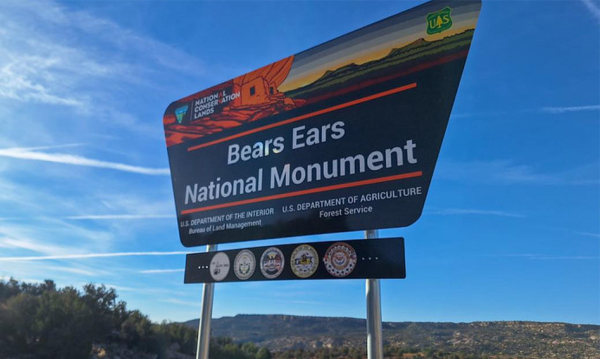The importance of antlerless deer harvest and new regulations in Michigan
Deer populations across Michigan present a diverse range of challenges and opportunities for wildlife management. From the overabundance in the Lower Peninsula to the varying dynamics in the Upper Peninsula, managing deer numbers effectively is crucial for ecosystem health, agricultural interests and the balance of natural predators. Recent regulatory changes highlight the state’s efforts to address these issues through strategic antlerless deer harvest policies.
Overabundance in the Lower Peninsula
Many locations in Michigan’s Lower Peninsula, including many urban and suburban areas, are experiencing high deer population densities. This overabundance can lead to various problems, including increased vehicle collisions, damage to crops and gardens, and the spread of diseases such as chronic wasting disease and bovine tuberculosis where they exist. Read more








